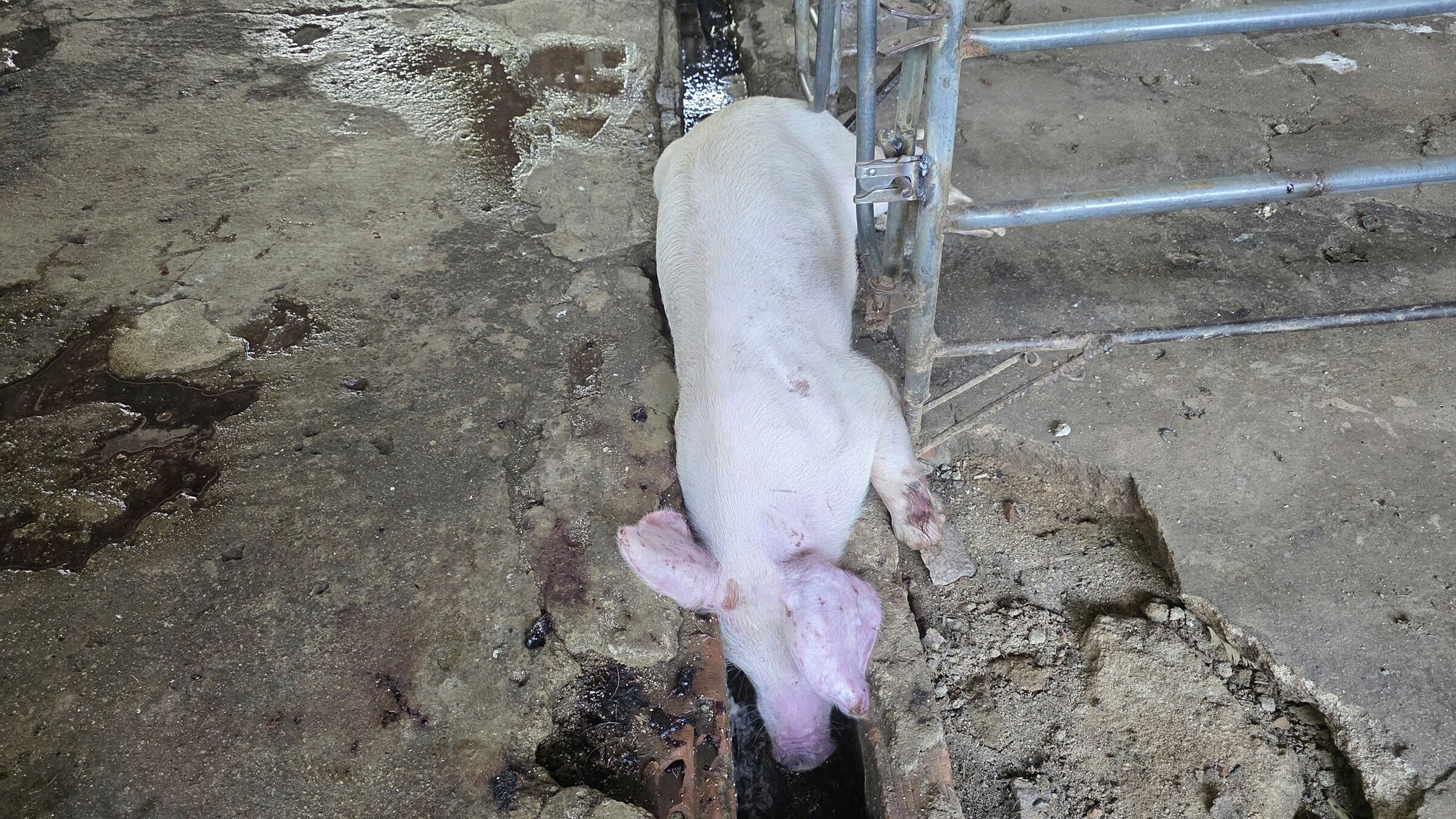On 7/8, Gia Lai market management, in collaboration with police and veterinary services, inspected a slaughterhouse in Thuan Duc hamlet, An Nhon ward, and discovered numerous pigs exhibiting unusual symptoms, according to the Domestic Market Management and Development Department (Ministry of Industry and Trade).
Authorities found a truck with license plate 50H-208.56, loaded with approximately 220 pigs weighing a total of 4.2 tons, ready for distribution. Some pigs were already dead, while others showed signs of illness, including hemorrhaging in the ears and abdomen. Rapid tests returned positive results for African swine fever. The entire shipment was documented and scheduled for destruction.
According to authorities, the recent surge in African swine fever outbreaks across several provinces has led to an increase in the sale of diseased pigs, including dead or infected animals. These pigs typically weigh 20-50 kg, significantly less than the 90 kg required for profitable farming.
 |
A pig exhibiting hemorrhaging, a sign of African swine fever. Photo: Market Management |
A pig exhibiting hemorrhaging, a sign of African swine fever. Photo: Market Management
A July report from the Ministry of Agriculture and Rural Development revealed 571 outbreaks across 29 provinces and cities, resulting in the death and culling of over 73,000 pigs, an 8.4-fold increase compared to June. In the first 7 months of the year, nearly 103,000 pigs were culled nationwide, a rise of over 53% compared to the same period in 2024.
The primary causes are recurrence in previous outbreak locations and spread among small-scale farms with inadequate biosecurity measures. Despite the availability of vaccines, many smallholders remain complacent or await government support, while larger farms proactively vaccinate their pigs and implement strict preventive measures.
The Ministry of Agriculture and Rural Development is reviewing existing regulations to strengthen management, prevent further spread, and safeguard the food supply.
Thi Ha












